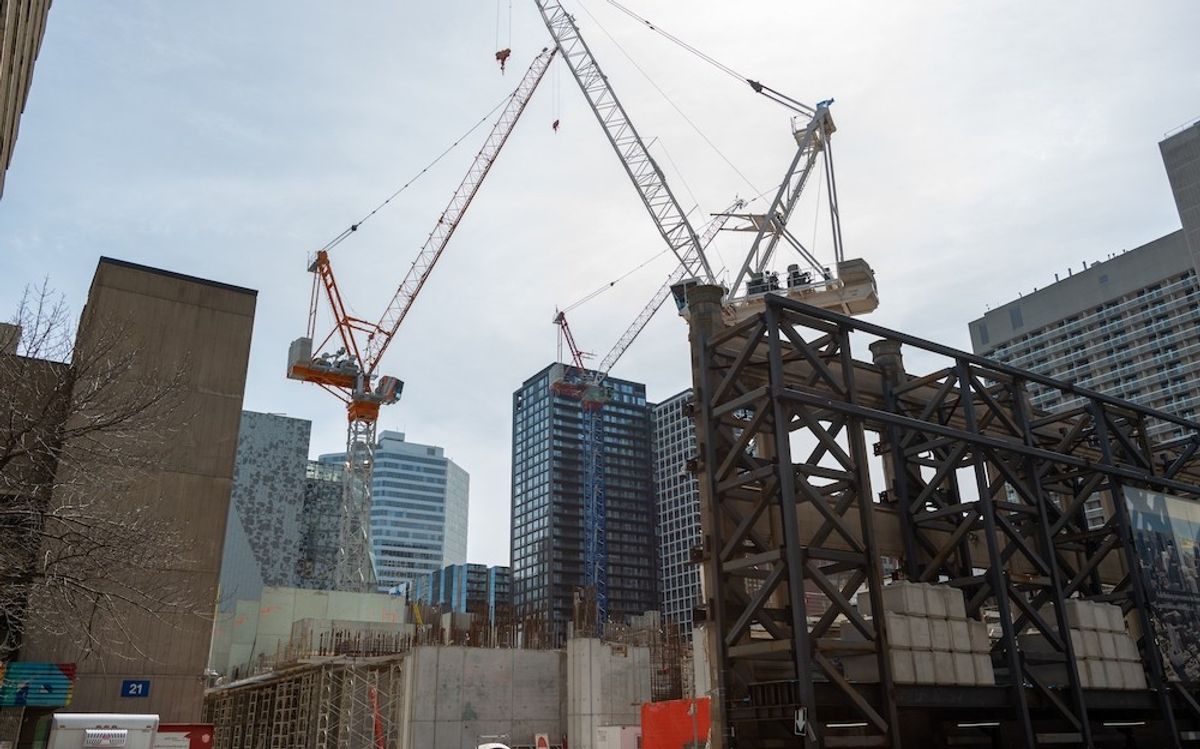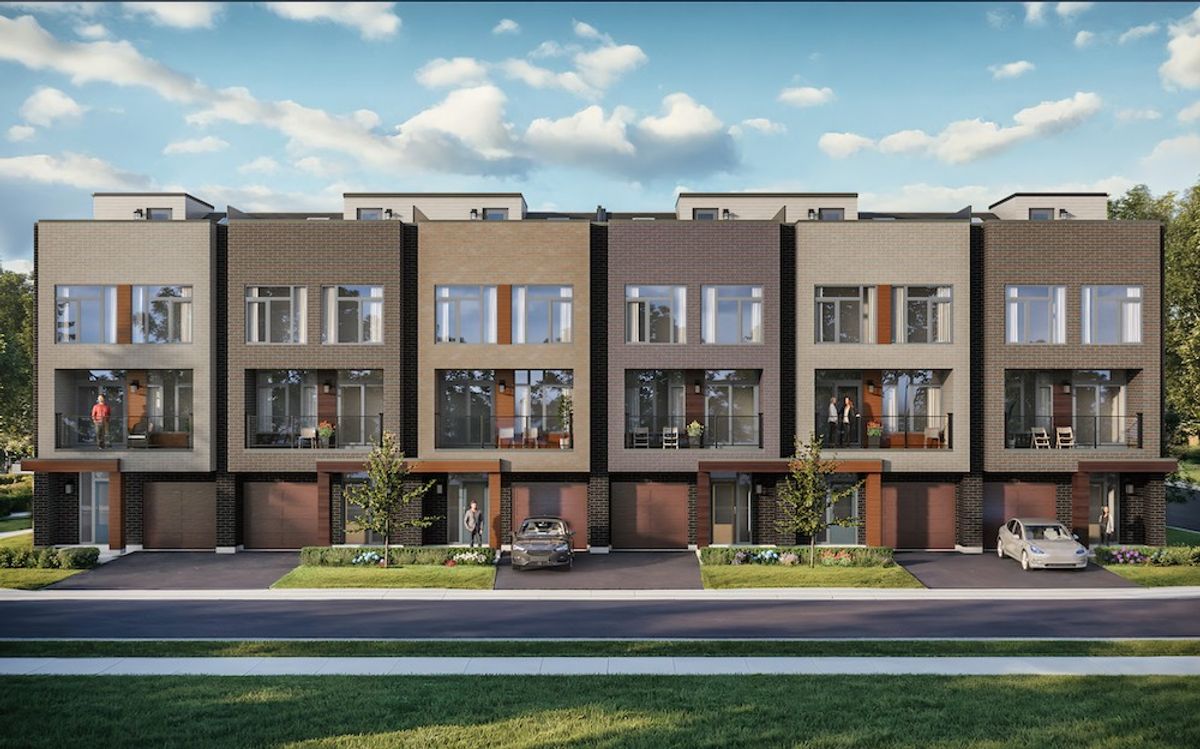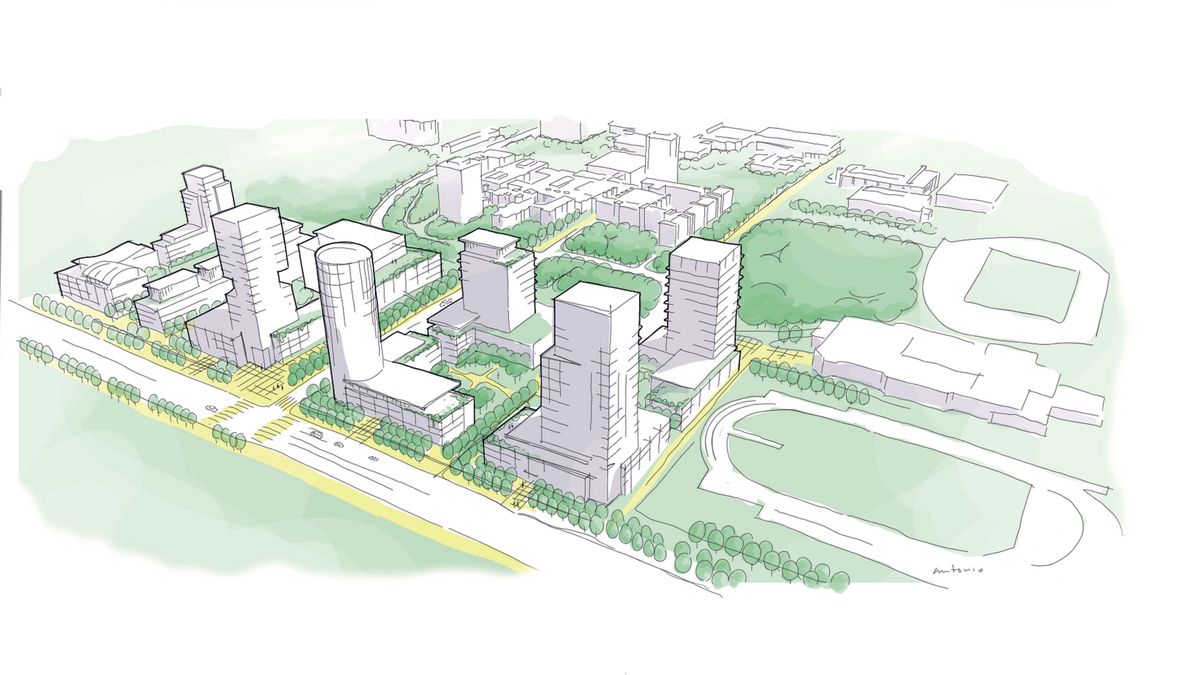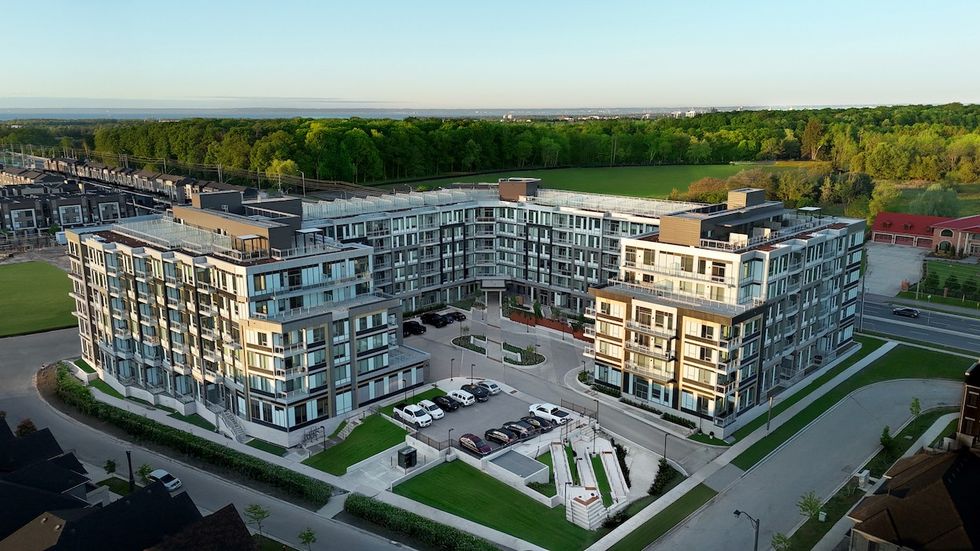This article was written and submitted by Jonathan Diamond, Principal at Well Grounded Real Estate.
We are in a housing crisis that results in too few homes relative to demand, at too high a price. This situation presents as a financial problem — the cost of housing is too high — though I argue the solution lies in engineering and not finance. In other words, to address the cost issue and bring prices down, we must first overcome the engineering limitations of our existing development model.
While many of the issues that plague our housing industry are governmental in nature — namely burdensome regulation, including zoning, site plan, and building code — and financial levies, that collectively act as barriers to affordability and housing supply, I want to focus on the problems within the housing delivery sector on the private side.
A 2017 McKinsey report highlighted the shortfalls of our system, showing that work efficiency in construction remained nearly flat from 1947 to 2010, growing just 0.1% annually, compared to 3.5% in manufacturing. These differences, though seemingly modest in absolute terms, have massive compounding effects. For perspective, at these rates, the doubling time for labour productivity would be 694 years for construction versus 20 years for manufacturing.
The manufacturing sector produces and distributes at scale benefiting from compounding improvements in logistics, automation, digitization, factory advancements, and distribution. In contrast, the development industry employs a project-based model that provides no structure for iterative improvement or scale.
These limitations pose a significant barrier to Canada’s affordability targets. In fact, Canada has targets to build 3.5 million homes by 2030. Notwithstanding the substantial challenge of hitting this target, these homes must also be sustainable with low embodied and operational carbon. These housing targets are intractable if pursued within our current project-based building model.
According to CMHC, we deliver 250,000 units per year, yet we require 500,000 units per year. This means we need to double our output which, under the current project-based system, would require a doubling of input (i.e., all economic resources, such as capital, materials, and labour). On the other hand, a solution that scales would produce housing units at a disproportionately higher rate relative to the input, representing greater efficiency.
In essence, this is an engineering/design problem because it necessitates a redesign of how housing is produced.
There’s a quote by the systems theorists Stafford Beer that states, “The purpose of a system is what it does.” In the case of our housing system, what society now needs is not what the housing system is doing. In fact, our housing system is structurally incapable of delivering higher volumes of viable, lower-cost housing with the level of energy performance we now require. Contrast this with other products, like appliances, that serve the whole range of buyers. We have no such equivalent in the multi-residential housing sector.
A viable housing delivery solution will need to evolve from a different model altogether. Some promising approaches involve modularized design and off-site manufacturing, which if applied optimally have massive potential. When I speak to other developers about modular, however, they often like it in theory but question its efficacy in practice, and it being risk adverse, generally don’t want to be the first ones to employ.
But modular assembly is not a silver bullet. It cannot solve our housing problems in isolation but does form an important part of the solution. In essence, modular works because it can be productized and digitized, meaning that re-design is limited and set designs can be iterated and assembly can be planned at the design stage. This format is inherently more scalable compared to traditional construction models because building element designs can be reused and manufactured offsite across multiple sites.
If we call the shift from project-based design and delivery models to product-based models Phase II, then Phase III can theoretically involve robotics as a means of automating such processes. When these innovations are realized and combined with improvements in building code, site plan controls, zoning regulation, and funding models, the industry is setup for scalable advancements.
This 'engineering-first' approach directed at solving real-world problems will inevitably generate greater and more sustainable investor returns. This contrasts traditional development models that are structured as financial instruments where return-seeking has been the traditional industry driver. The limitation of this approach is that solutions to real-world housing problems, through innovation, is not inherently downstream of financially-driven development models.
This reflects a causal asymmetry where solutions to housing problems yield financial reward but targeting financial reward — as the end goal — won’t necessarily lead to housing-solutions.
The adage, “It is only when the tide goes out do you discover who’s been swimming naked” reflects the hidden fragilities of our housing system emerging from our rapidly changing housing landscape. It is only by evolving a forward looking, engineering-first development model that we will be able to course correct our current direction. I am optimistic we can rise to the occasion and produce a prosperous and productive Canadian housing sector.


















